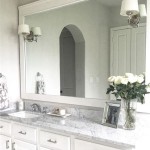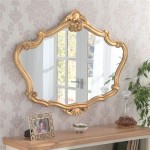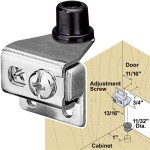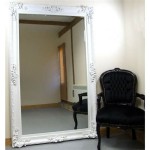Painting on Mirrors: A Unique and Elegant Art Form
Painting on mirrors is an intriguing and visually striking art form that transforms everyday reflective surfaces into captivating works of art. This technique, often referred to as "mirror painting," involves applying paint directly onto the surface of a mirror, creating a mesmerizing interplay of light, reflection, and color. The resulting artworks can be both functional and decorative, adding a touch of elegance and sophistication to any space.
Understanding the Process
The process of painting on mirrors requires a unique approach and specialized materials. Unlike traditional canvas painting, where the paint is applied to an absorbent surface, mirror painting involves working with a smooth, non-porous surface that reflects light. This presents certain challenges, such as the potential for paint to peel or crack. However, with the right techniques and materials, artists can achieve stunning results.
The first step involves preparing the mirror surface by thoroughly cleaning it to remove any dirt, dust, or residue. A primer layer may be applied to enhance adhesion and create a smoother surface for the paint. Once the primer is dry, artists can apply their chosen paint, using a variety of techniques, including brushes, sponges, stencils, or even airbrushing. The paint used for mirror painting should be specifically designed for glass surfaces, ensuring proper adhesion and durability.
Key Considerations for Mirror Painting
Painting on mirrors presents a unique set of considerations that artists must carefully address. One crucial aspect is the selection of paint. Enamel paints are a popular choice for mirror painting due to their ability to adhere well to glass surfaces and create a durable, glossy finish. Other paint types, such as acrylics, can also be used, but they may require additional layers of sealant to enhance their longevity.
Techniques and Styles
Mirror painting offers artists a vast range of creative possibilities. They can explore various techniques, such as:
- Reverse Painting: This technique involves painting on the back of the mirror, creating a reversed image that appears as if it is behind the glass. This technique is often used to create intricate designs or to add a sense of depth to the artwork.
- Decoupage: This technique involves applying paper or fabric to the mirror surface, creating a collage effect. Decoupage can be used to create whimsical designs, patterns, or even realistic scenes.
- Stencils: Stencils provide a way to create precise shapes and patterns on the mirror surface. Artists can use a variety of stencil materials, such as plastic, vinyl, or even cardboard, to create unique designs.
- Freehand Painting: For artists who prefer a more spontaneous approach, freehand painting on mirrors allows for the creation of expressive and unique designs. This technique requires a steady hand and a keen eye for detail.
The style of mirror painting can range from abstract and contemporary to traditional and realistic. Artists can choose to focus on specific themes, such as nature, landscapes, or abstract patterns. The possibilities are endless, allowing artists to express their creativity and individuality through this unique art form.

Painting On Mirrors An Easy Step By Guide

Mirror Painting Painted Art Aesthetic

How To Properly Paint A Mirror Frame

Acrylic Painting On Mirror By Cristina Barretta Painted Art Ideas

How To Paint A Mirror With Pictures Wikihow

5 Minutes With A Pair Of Chinese Export Reverse Mirror Paintings Christie S

Painting With Mirrors Simple Process Art One Time Through

12 Hand Painted Flower Mirror

How To Paint A Mirror With Pictures Wikihow

Mirror Painting And Pictures Ideas Art








